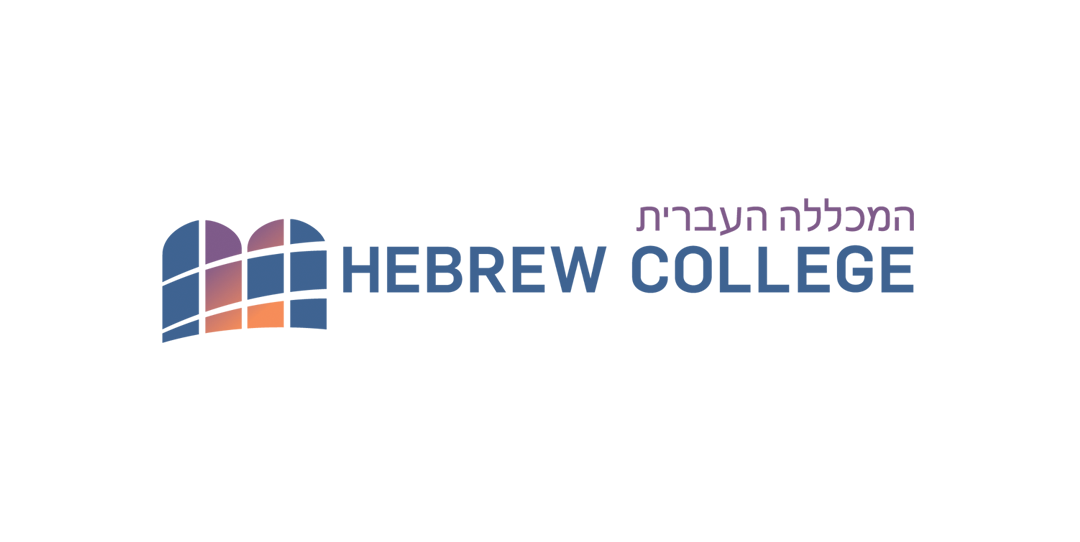Community Blog Rejoicing on Sukkot


I don’t know about other people, but I do not respond well to being commanded to be joyful. It’s sort of like being told to relax. Tell me I must be happy, and I begin to feel vaguely melancholy and inadequate.
The obligation to rejoice on Sukkot is particularly challenging, given the sacred season that we have just been through — the season of “teshuva,” of repentance and return, during which we cultivate a heightened awareness of our own failings, our own frailty, our own mortality. The command to be joyful is further complicated by the central symbol of Sukkot — the sukkah, a fragile, temporary structure in which we are asked to “dwell” (meaning, at least, to eat our meals) for the seven days of the festival. And, finally, there is the sacred text that we read on the Shabbat of Sukkot: the Book of Ecclesiastes. Ecclesiastes is hardly a light, feel-good read. Here are a few choice verses:
- Hevel hevalim, hakol havel. (Vanity of vanities, all is vanity.)
- What does a person get for all the toiling and worrying he does under the sun? All his days his thoughts are grief and heartache, and even at night his mind has no respite.
- People’s hearts are full of sadness, and their minds of madness, while they live; and then – they die!”
As the old saying goes, are we having fun yet?
How might we understand the obligation to rejoice on Sukkot in light of these elements of the holiday that conspire to make us so acutely aware of the uncertainty and fragility of our lives? I want to offer two brief teachings that have transformed my own way of thinking about rejoicing on this holiday.
The first is from Midrash Tanchuma, and comes as a commentary on the following verse from the Book of Ecclesiastes: “God brings everything to pass precisely at its time, and also puts eternity in their hearts.” In the original context of the biblical text, this verse suggests there is a divine order that underlies all of creation but eludes our grasp — and there is a longing in the human heart to connect to something that transcends the limits of a single lifetime.
Midrash Tanchuma interprets this verse creatively, and instead of reading the Hebrew word “ha’olam” (eternity), substitutes the related Hebrew word “he’elim” (hid). According to the midrash, then, the verse should be read, “God hid the time of death from the human heart.”
What does this mean? The midrash goes on to say, “If the Holy Blessed One had not hidden death from the human heart, it is possible that a person would not build and plant, for he or she might say, ‘Tomorrow I’m going to die, so why should I stand and tire myself out for others?’ Therefore, the Holy Blessed One hid from human beings the day of their death, so that every person would continue to build and plant.”
In the face of both the certainty and the mystery of our death, this, then, is our purpose and our obligation for as long as we are here: to build and to plant, to live and to give life, as joyfully and as generously as we can.
The second — and, I think, related teaching that has informed my understanding of the obligation to rejoice on Sukkot comes from the Hasidic master the Sefat Emet. He offers it as one of his teachings about the lulav, another central symbol of the Sukkot holiday. The lulav is the bundle of three branches — palm, willow and myrtle — that we hold together with the etrog (citron) and wave in the six directions (south, east, west, north, up and down) as part of our daily practice throughout the festival.
The Sefat Emet begins by citing Psalm 16, Verse 11: “Help me know the way to live, to be sated with joy in Your presence.” Commenting on this verse, he writes: “Lulav is numerically equivalent to “hayim” (the Hebrew word for “life”).”
According to the Sefat Emet, when we take hold of the lulav, we are taking hold of life itself — we are expressing our desire for the true life of our innermost selves. This, then, is the meaning of the phrase “to be sated with joy” — you should take life so deeply into your heart that you are called “sated.”
I once saw a “hazzan,” a cantor, benching lulav at an Orthodox synagogue in Englewood, N.J. Each time he waved the lulav in a different direction, he held it out and then drew it in to his chest and held it close to his heart. I was so touched by and taken with that prayerful choreography that I have since tried to incorporate it into my own practice. I now see that gesture in light of this teaching from the Sefat Emet — to paraphrase, “Grab life with both of your hands and take it as deeply as you can into your own heart.”
When we do this, there will probably be some shaking involved, but there will also be real joy.
With wishes to all for a joyful and life-affirming festival of Sukkot. “Hag sameach!”

